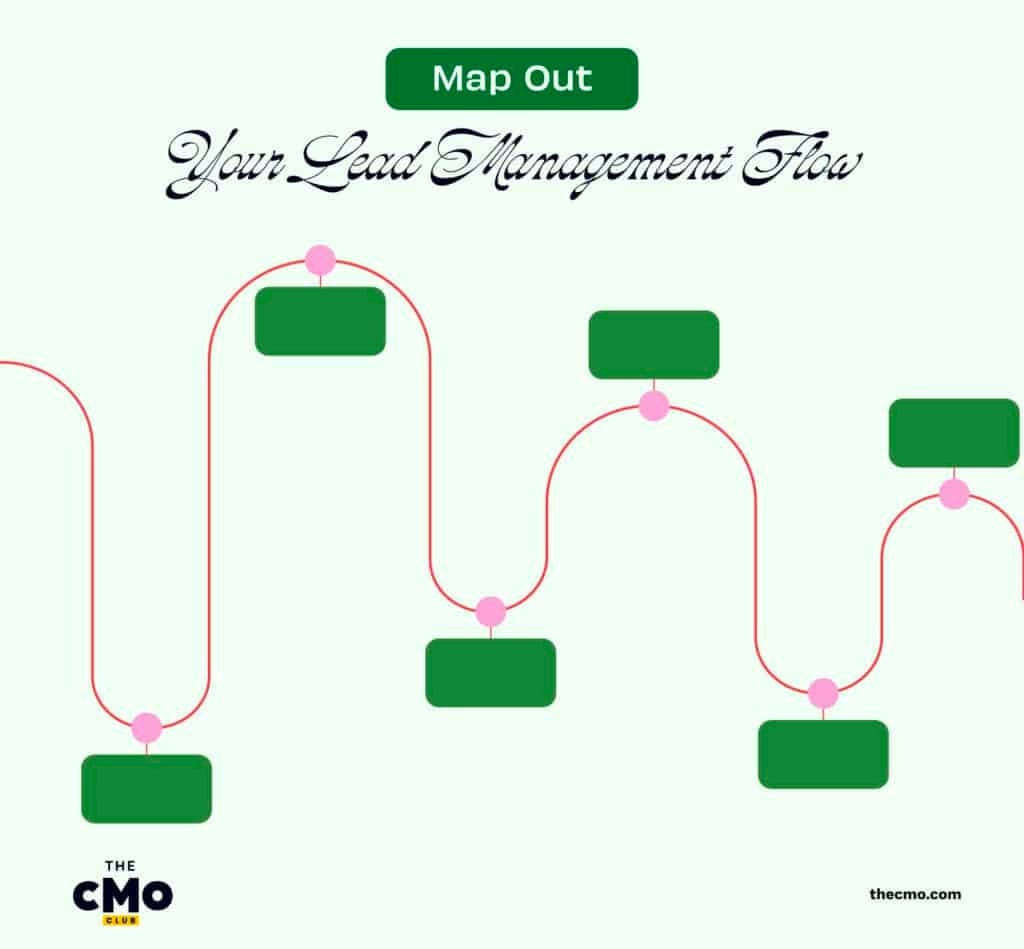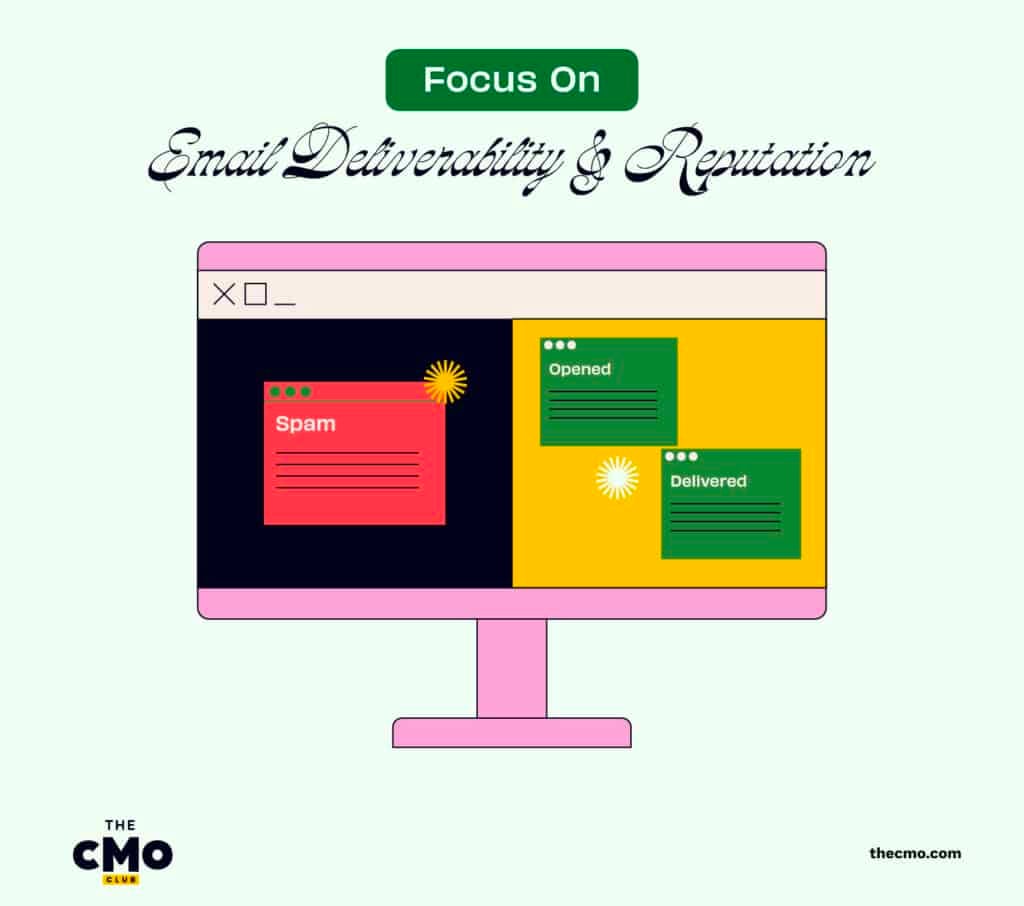Want to make your marketing more efficient and effective? Digital marketing automation is all about using software to streamline repetitive tasks, manage campaigns, and personalize customer interactions, so you can focus on the creative and strategic aspects of your work. In this guide, I’ll share some of my marketing automation best practices for getting the most out of your tools.
By following my tips, you’ll learn how to deeply understand your audience, simplify your workflows, and seamlessly integrate with CRM systems for a successful marketing automation strategy. This isn't just about saving time—it's about enhancing customer engagement and driving better results. So, stick around, and let's dive into how you can make your marketing automation efforts smarter and more impactful.
Engage: Understanding your audience deeply and using data insights to create engaging content is fundamental to successful marketing automation.
Simplify: Simplicity and efficiency in processes, lead management, and marketing workflows are crucial for maximizing effectiveness and adapting to changes.
Integrate: Integration of marketing automation with CRM systems is essential for aligning marketing and sales teams, enhancing customer engagement, and improving overall campaign performance.
1. Know Your Target Audience Really Well
If you don't know your audience, you're going to have a hard time creating highly targeted and personalized campaigns through marketing automation. On the other hand, when you know their demographics, interests, motivations, and pain points, you can tailor your messaging to resonate with them, leading to higher engagement and conversion rates. This deep understanding also helps you segment your audience more effectively, ensuring that each group receives content that is relevant to their specific needs and behaviors.
In order to get to know your audience, start by defining your ideal customer profiles and buyer personas. These are descriptions of the perfect customer for what your organization solves for—including details like demographics, interests, motivations, and pain points. You can gather everything you need through the following tactics:
- Surveys
- Interviews
- Focus groups
- Website and social media analytics
- Contact form data
- Insights from your sales team
Once you have these personas in place, use them to create marketing campaigns that deliver value to the correct audience and convert leads into customers. You can even tailor the content within your automated campaigns to avoid generic messaging.
2. Keep Everything As Simple As Possible
Sometimes, less really is more. Keeping your marketing automation simple creates a clear foundation for performance expectations, allowing for easy adjustments based on feedback. By identifying key performance indicators (KPIs) and focusing on the data that matters, such as the behavior and interactions of your most promising leads, you can streamline your processes. This all helps you optimize campaigns in near real-time, ensuring that you can quickly adapt to changes or new insights.
You also want to mirror that simplicity on the customer side, for example, creating compelling landing pages with easy-to-fill-out forms. This will make it much more likely that visitors will provide their information, helping you gather more data successfully. A streamlined and straightforward approach not only makes your marketing automation more efficient but also improves engagement and conversion rates, ultimately driving better results for your campaigns.
3. Understand The Customer Journey
Marketing is all about delivering the right message to the right audience at the right time. By understanding the customer journey and buying cycle, you can identify the types of questions they're asking or answers they're seeking as they get closer to a purchase. Questions may include:
- What online avenues are they using in the awareness, consideration, and decision stages?
- How can you deliver effective marketing at every stage?
Remember, you need to anticipate their needs, answer their questions, and offer solutions at the right time to guide them toward conversion. This is one big way marketing automation helps you out.
To achieve this, I recommend looking at your customer journey analytics and creating a customer journey map, a visual representation of all the touchpoints a customer goes through with your company. This map will help you understand and anticipate the needs of your customers, allowing you to deliver the right message at the right time. By doing so, you can effectively guide them through the buying cycle to convert them into loyal customers. As an added bonus, it may also help you with your customer retention efforts.

4. Map Out Your Lead Management Flow
Just as you took time to create your customer journey map, make sure you also take the time to carefully map out your lead management flow, capturing all the trigger points that influence lead routing. Define a clear process for managing leads that everyone on your team can agree on.
Establishing a straightforward path for converting website visitors into leads will ultimately boost your company's revenue. The key to successful lead nurturing is really in creating dynamic programs tailored to each individual's unique journey, so you should develop a flexible framework in your marketing automation platform that adapts to the needs of your leads rather than following a rigid storyline.
5. Collect The Necessary Data
To send relevant messages to your customers, you need accurate information about your audience. By gathering essential data, you can use customer segmentation to group contacts with shared qualities and create tailored automated journeys for each segment. Remember how I mentioned forms should be easy to fill out? This is why.
Depending on your business, information might include various demographics, geographics, psychographics, and if you're B2B, firmographics like company size and industry. Additionally, behavioral data such as content engagement and purchase history can provide valuable insights into their interests. Overall, the more specific and detailed the data you collect, the better you can personalize your marketing efforts through marketing automation to meet the needs of your audience. Just make sure you follow marketing information management best practices to keep it all organized!
6. Create Experiences Across Channels
Maximize your engagement by connecting with prospects on their preferred channels and being ready to switch between them seamlessly. For instance, you can enhance customer touchpoints by combining email marketing with social media ads or use SMS marketing for urgent messages like reminders and follow-ups. To build a robust omnichannel strategy, ensure you incorporate at least three channels like email, social media, and SMS into your outreach and marketing automation efforts.
With an omnichannel approach, you increase the likelihood of reaching your audience where they are most active. It also allows for more personalized and timely interactions, which can significantly boost engagement and conversion rates. Integrating various channels like the ones I mentioned above helps create a cohesive customer experience, making it easier for you to maintain consistent communication and build stronger relationships with your prospects.
7. Hyper-Personalize Your Content
Personalizing your content to match your audience and their stage in the buyer's journey is a key feature of marketing automation. And it significantly increases your chances of converting your prospects. This can be achieved through various forms of content, but I've found personalized video content to be particularly powerful. According to a survey by Wyzowl, 81% of marketers reported that video has helped them boost sales.
Just remember that the more tailored your content is, the better it will perform. Whether it's a blog post, an interactive quiz, or a live stream, the key is to make sure it speaks directly to the needs and interests of your target audience. Here are some more examples of personalized content you can place into your automated workflows:
- Personalized email marketing campaigns tailored to specific customer segments
- Interactive quizzes that provide customized results based on user input
- Webinars that address the unique challenges and interests of different audience groups
- Dynamic landing pages that change content based on visitor behavior
- Personalized video messages that address individual customer needs
- Social media posts targeted to specific demographics and interests
- Custom polls that gather insights and engage users on relevant topics
- Interactive videos that allow viewers to choose their own journey
8. Track Performance Of Marketing Campaigns
One of my best marketing automation best practices is this: never set up your marketing automation sequences with a set-it-and-forget-it mindset. Continuously monitoring and refining your strategy is absolutely essential for success.
Keep a close eye on key metrics such as the number of leads generated, conversion rates, and whether you are meeting your ROI goals. Even when you think you've optimized everything, running A/B tests can provide valuable data on different user journeys, messaging, and content to see what resonates best with your audience.
By meticulously tracking performance, you can gather insights that refine your strategy and improve your marketing efforts. This approach not only helps in making any necessary adjustments but also ensures that your campaigns are always aligned with your audience's preferences. Regularly reviewing performance metrics and experimenting with A/B tests can lead to better engagement and higher conversion rates, ultimately driving more successful marketing automation campaigns.

9. Focus On Email Deliverability & Reputation
When it comes to your email marketing automations, make sure you focus both on deliverability and reputation (which are closely linked). To ensure your emails reach your intended audience, follow a reachability workflow: carefully select and segment your target audience, craft engaging and personalized content, and provide subscribers with an easy option to unsubscribe.
Compelling and valuable content is key—use data touchpoints like case studies, surveys, and data sheets to create various formats such as quizzes, interactive videos, blogs, social media posts, and polls. This will not only keep your audience interested but also provide deeper insights into their preferences.
Equally important is managing your email list effectively. Offer clear subscription management options to your leads and regularly clean your database to ensure only opted-in and non-spam emails are used. By doing so, you maintain a healthy email list that enhances deliverability and protects your sender reputation. Combining these strategies will help you create impactful email campaigns that resonate with your audience and achieve your marketing goals.
10. Agree On A Master Labeling System
Labeling everything in your marketing automation processes is crucial to avoid errors and reduce extra work in the long run. By agreeing on a master labeling system, you can keep your marketing components organized, facilitate faster searching, and ensure a universal understanding of where each element belongs.
A well-defined labeling system not only streamlines your workflow but also enhances collaboration within your team. When everyone adheres to the same labeling conventions, it becomes easier to onboard new team members, track campaign performance, and maintain consistency across various marketing initiatives. If and when problems occur, a coherent labeling strategy also helps in quick identification and rectification of issues, saving valuable time and resources.
11. Integrate With A CRM To Align Teams
Integrating your marketing CRM software and marketing automation software is essential for a successful marketing campaign. This combination of tools and platforms not only simplifies marketing tasks but also makes managing leads and customers more efficient (aligning marketing and sales). By leveraging the strengths of both systems, you can gain a comprehensive view of your customer data, streamline your workflows, and offer a more personalized experience to your audience.
The synergy between a CRM and a marketing automation system allows you to fully exploit the capabilities of your marketing tools, ensuring that every interaction is tailored to your customers' needs. This holistic approach enhances the effectiveness of your campaigns and helps build stronger relationships with your customers, ultimately driving marketing automation success for your business.
Find Your Marketing Automation Platform
There are a lot of tools out there to consider, so sometimes it's hard to know how to choose marketing automation software. To help, I've put together a list of my preferred platforms. Each marketing automation solution here is organized by best use case, so you can match the tool to your unique needs.
Of course, you may have already purchased the tool of your choice, in which case you’re ready to implement marketing automation. In this case, I have a whole guide to get you started.
Join For More Marketing Automation Insights
Marketing automation is a powerful tool that can transform your marketing efforts when used correctly. By understanding your audience, simplifying your workflows, and integrating your systems, you can create more engaging and effective campaigns.
Remember, the key to success with marketing automation lies in continuous learning and adaptation. Stay updated with the latest trends, be open to experimenting with new strategies, and always keep your customers at the center of your efforts. With these marketing automation best practices in place, you’re well on your way to achieving remarkable results in 2025 and beyond.
If you enjoyed this article and found it helpful to building a successful marketing automation strategy, be sure to subscribe to The CMO newsletter. I'll send only the best tips and insights straight to your inbox.

